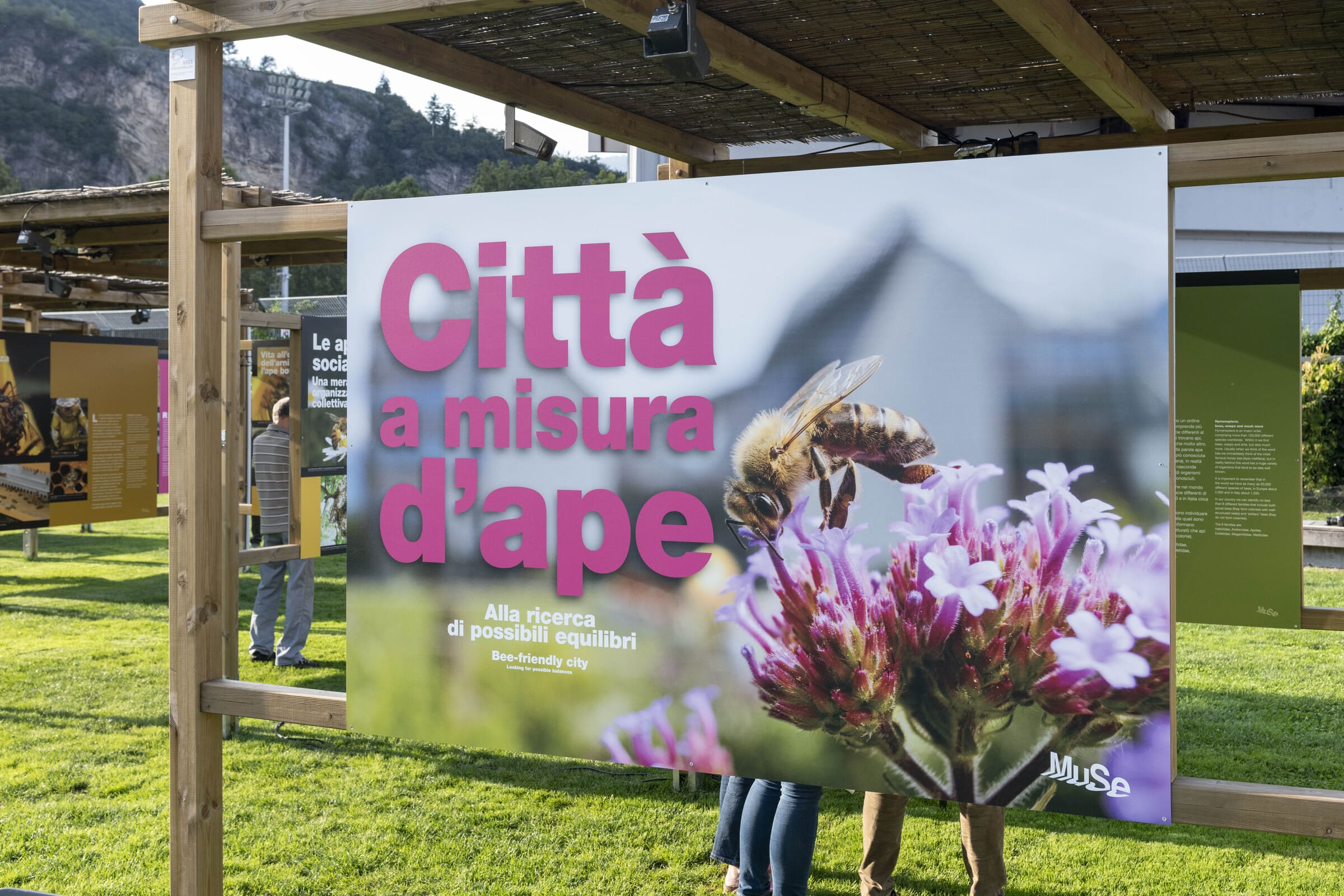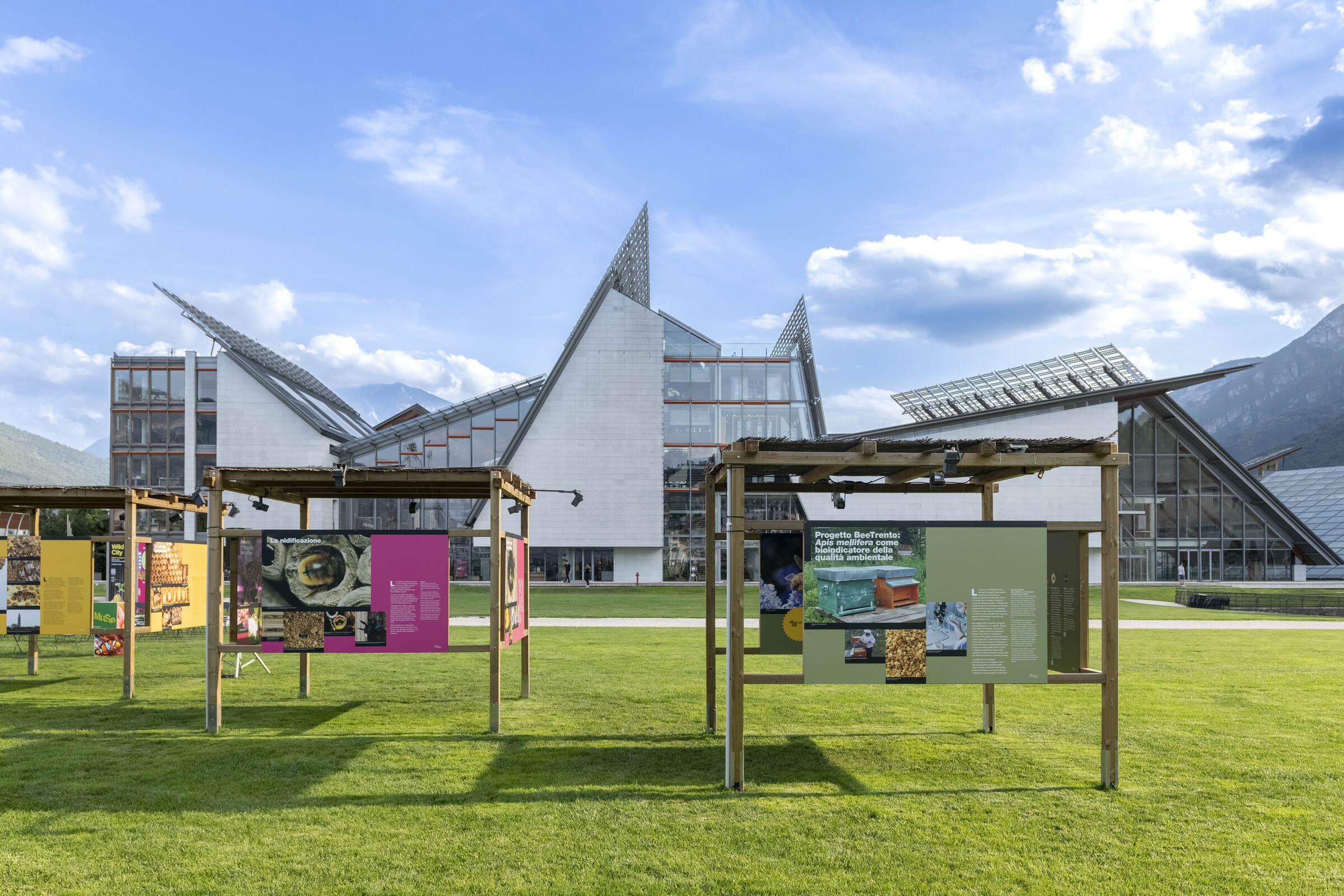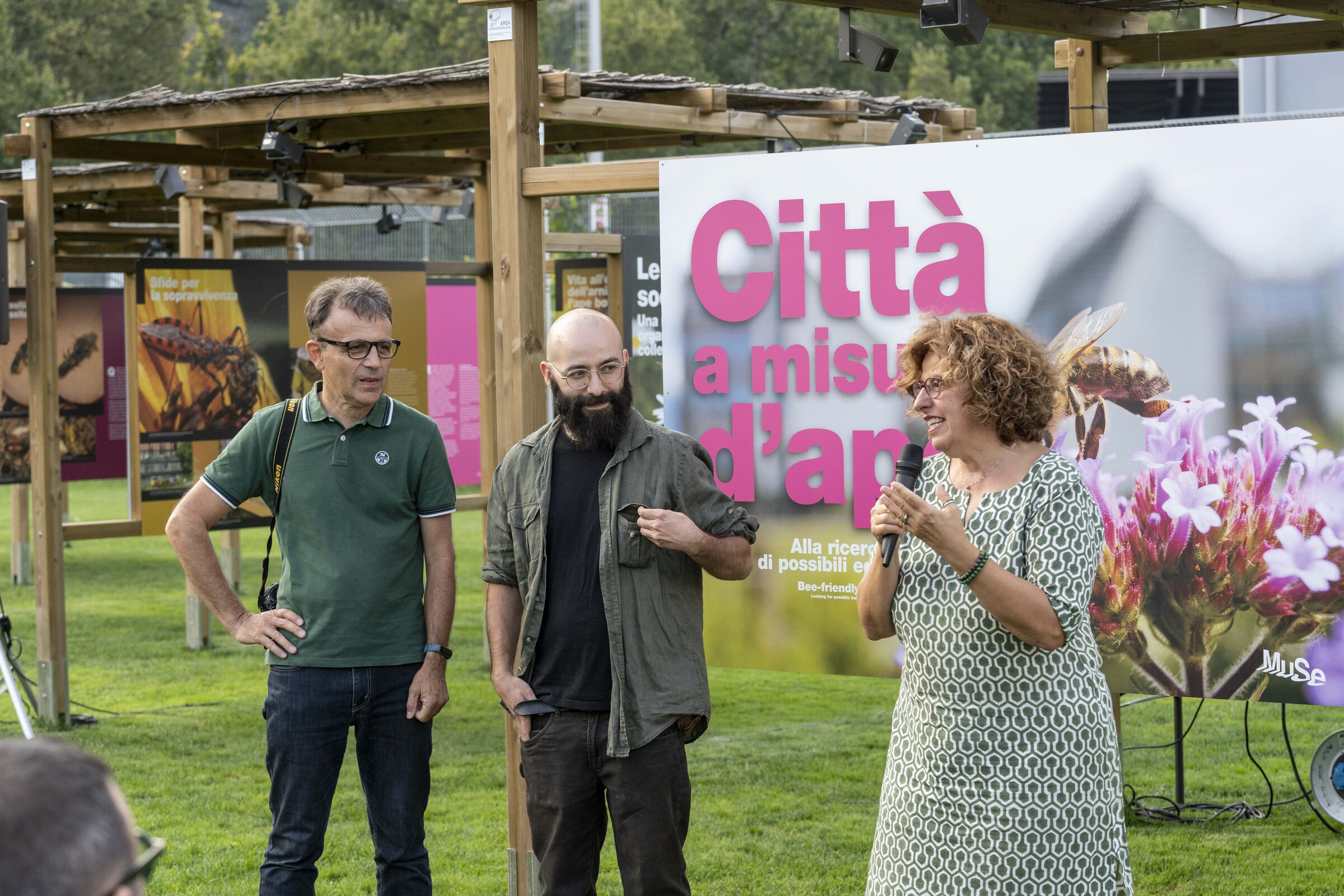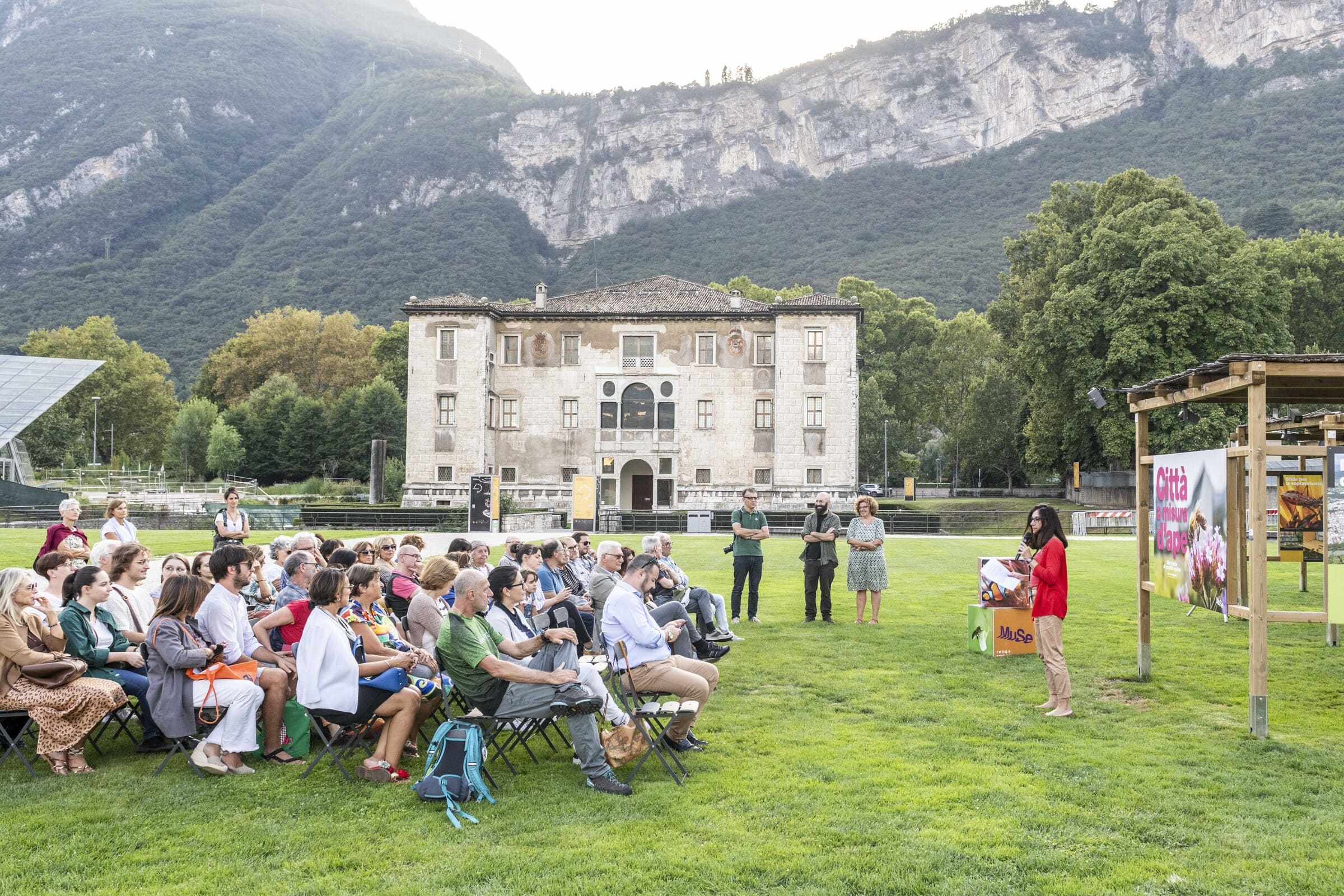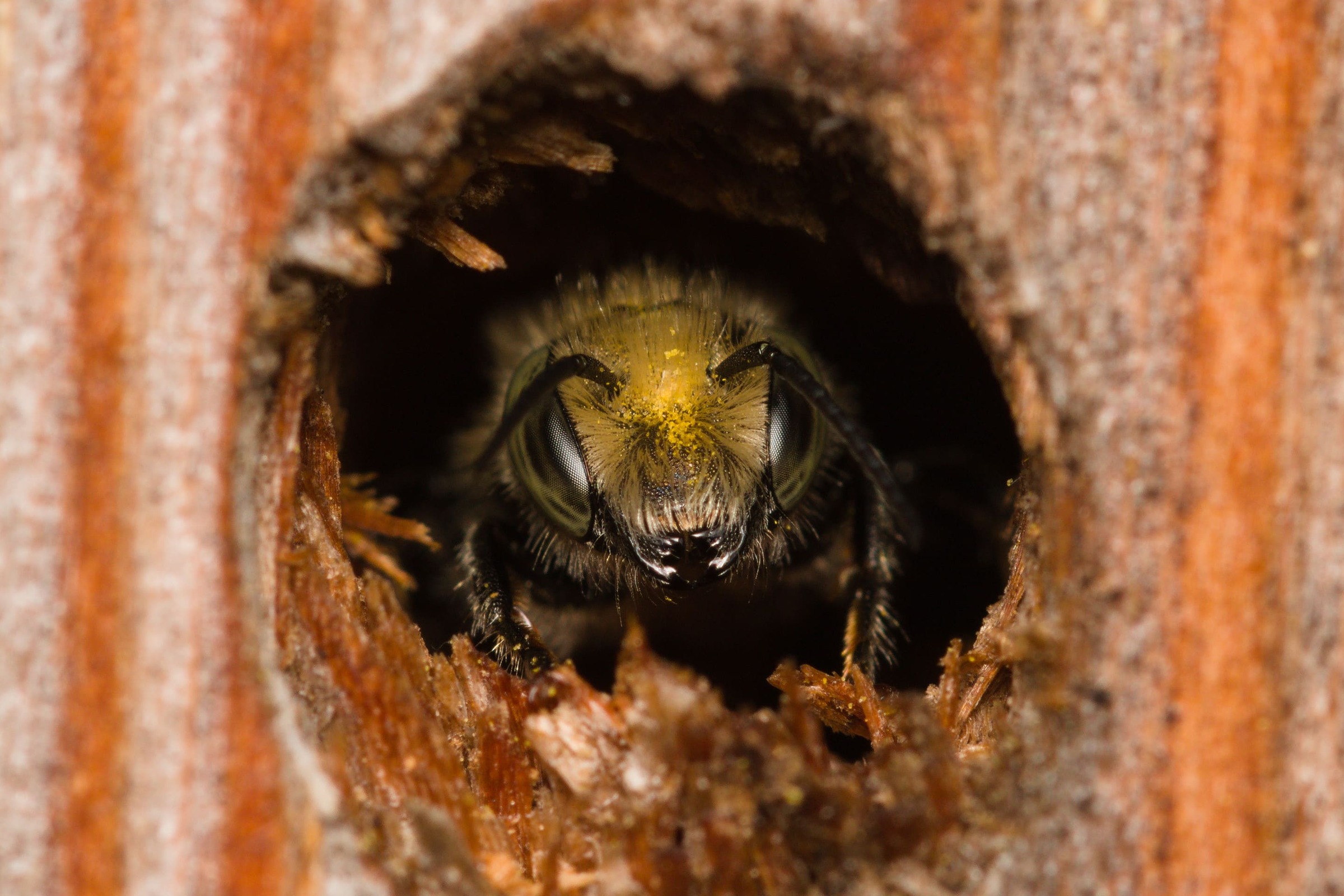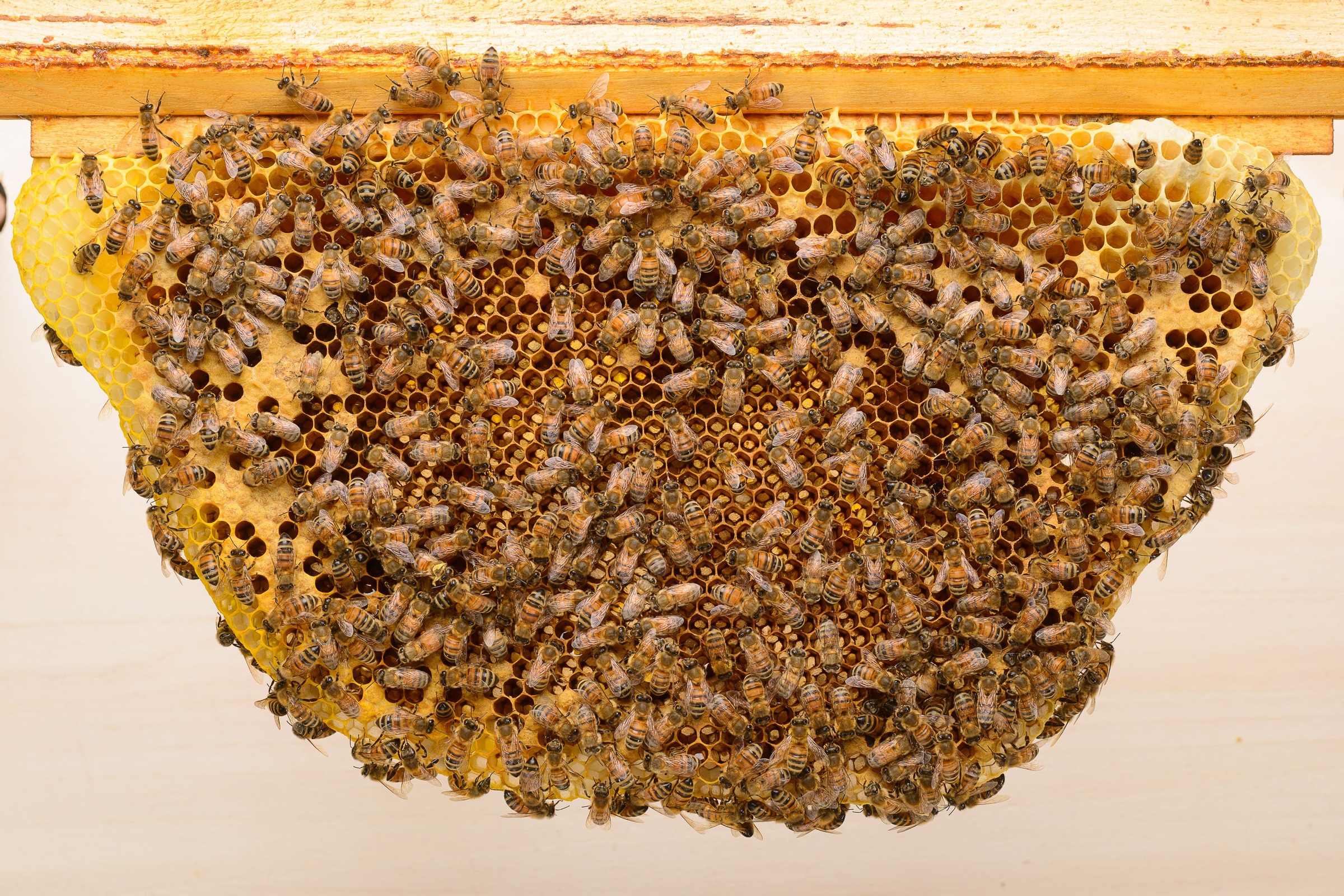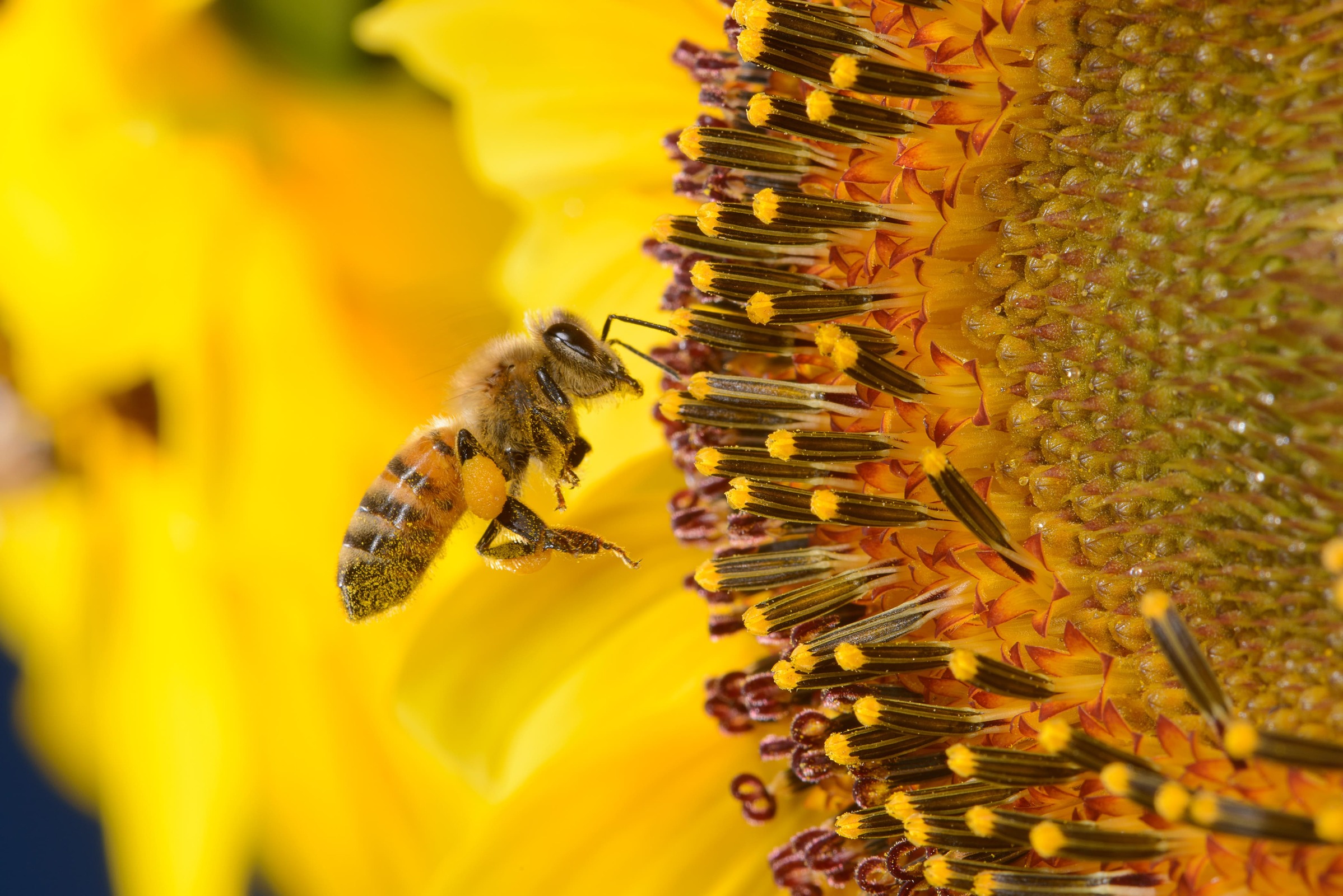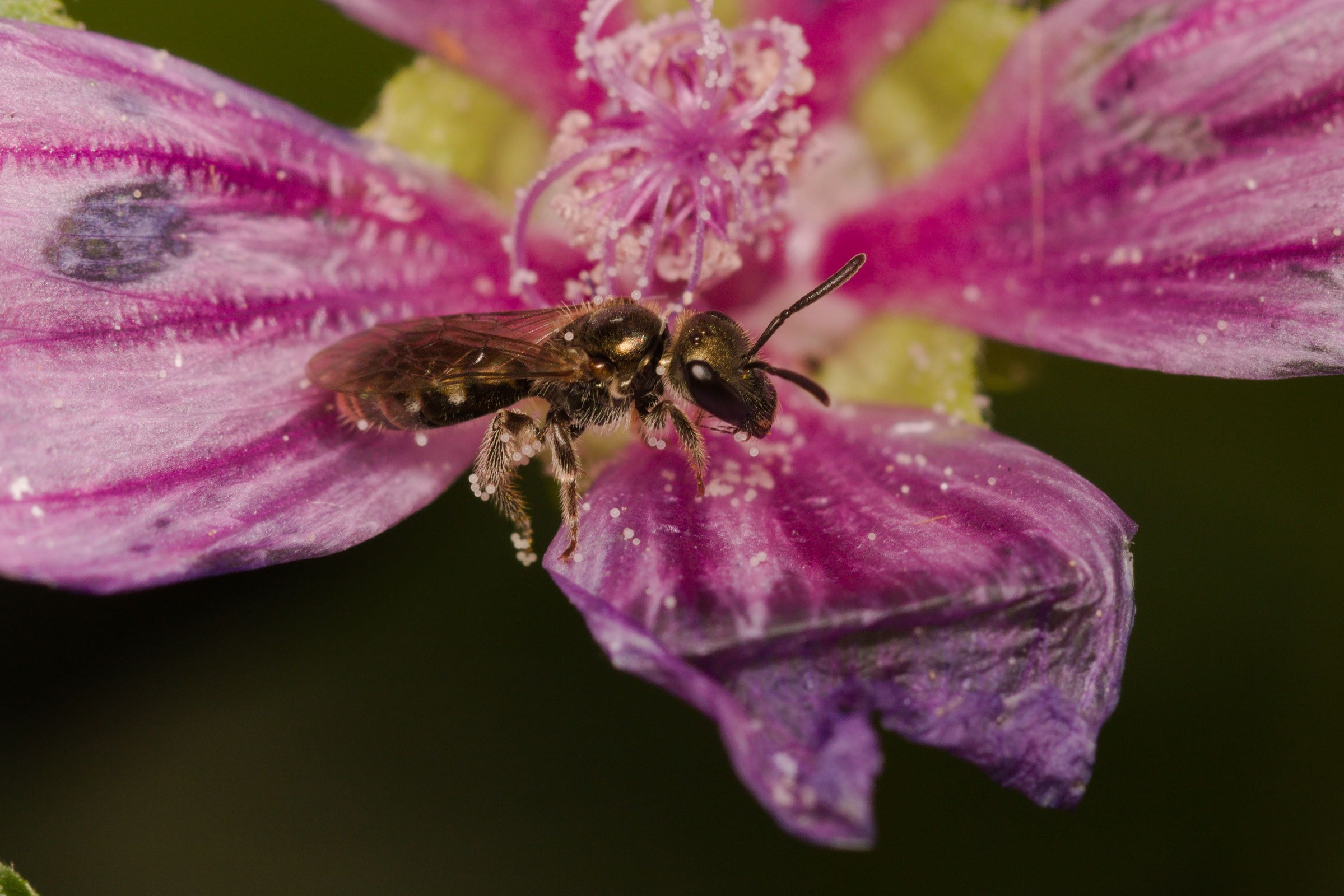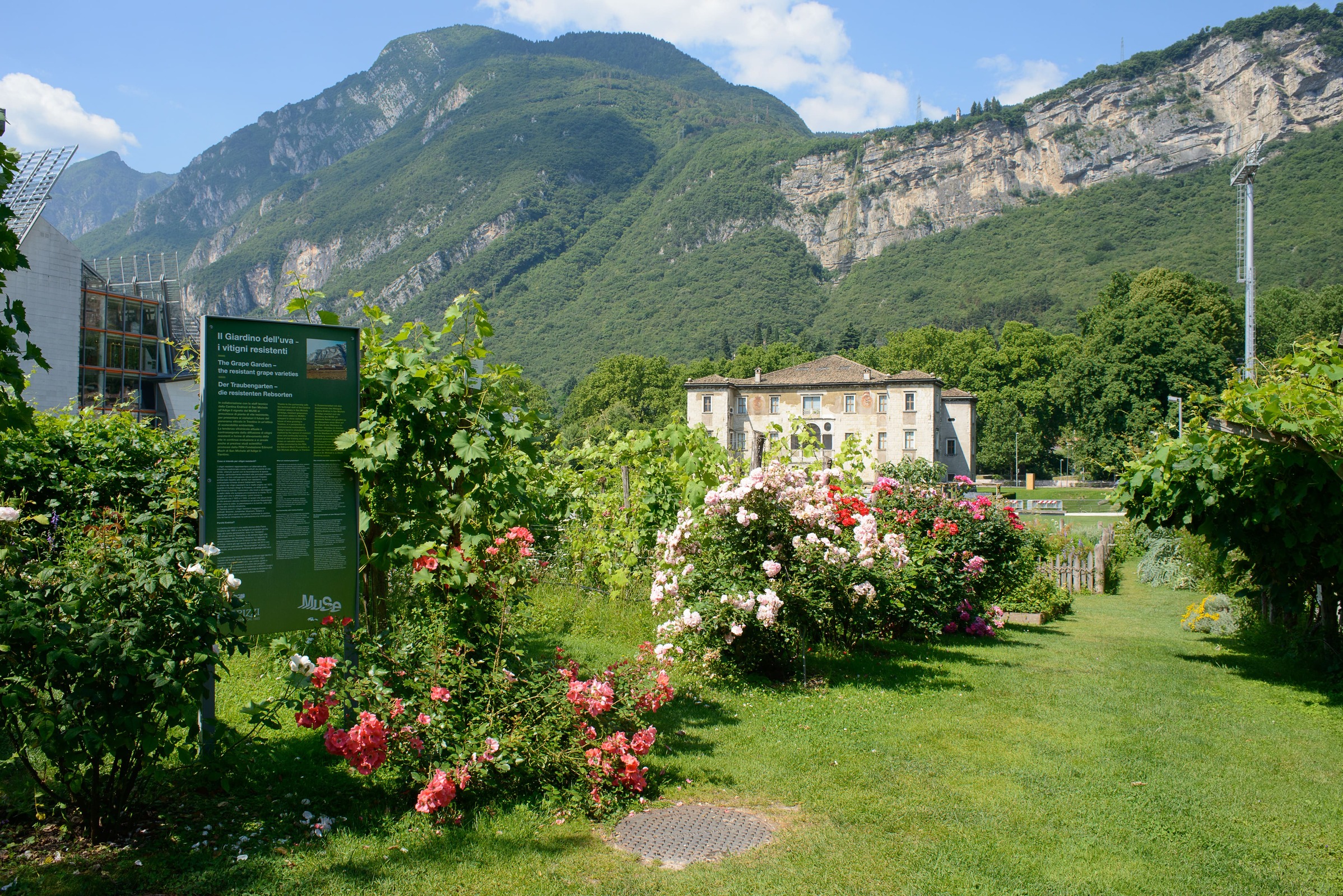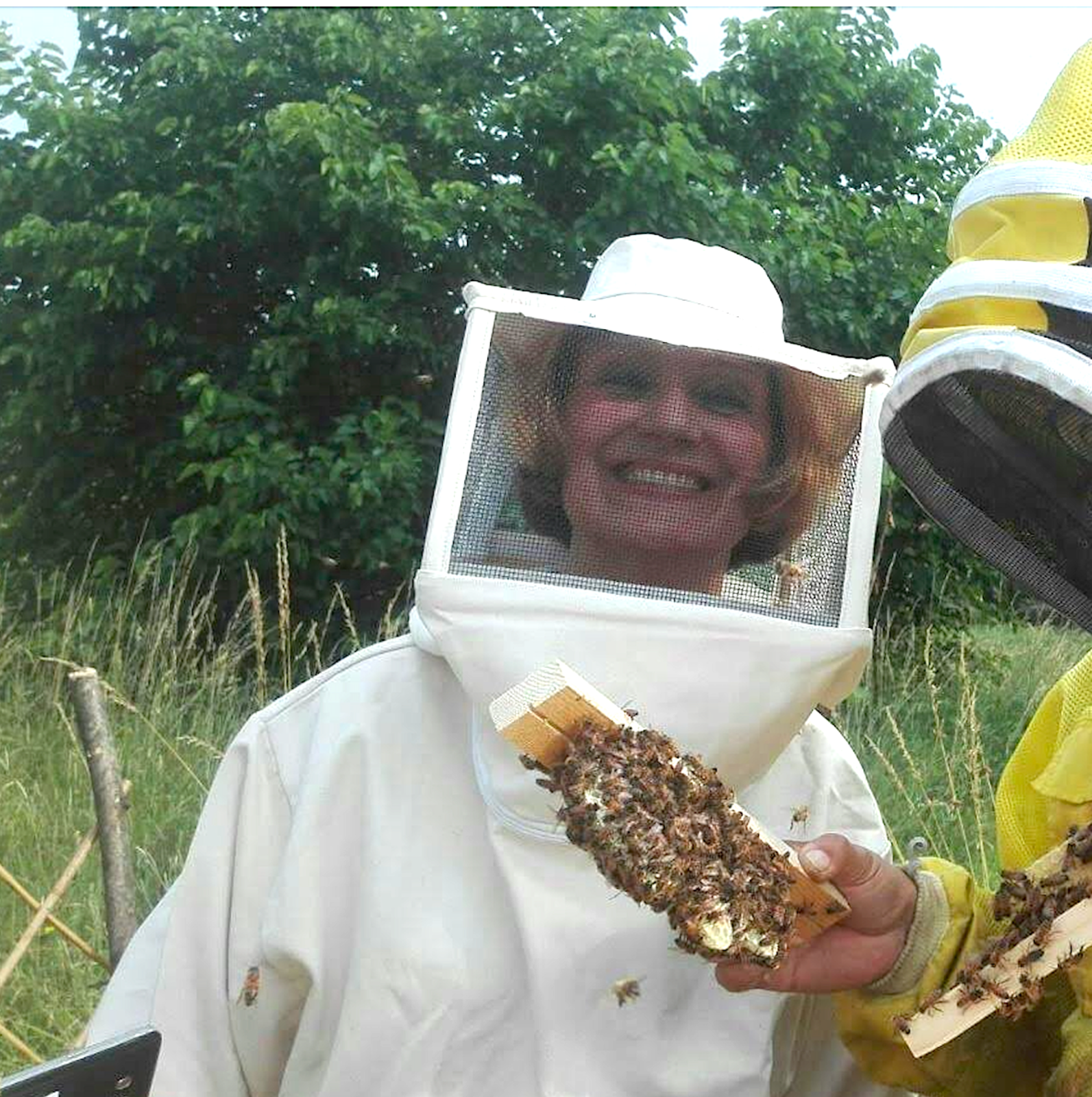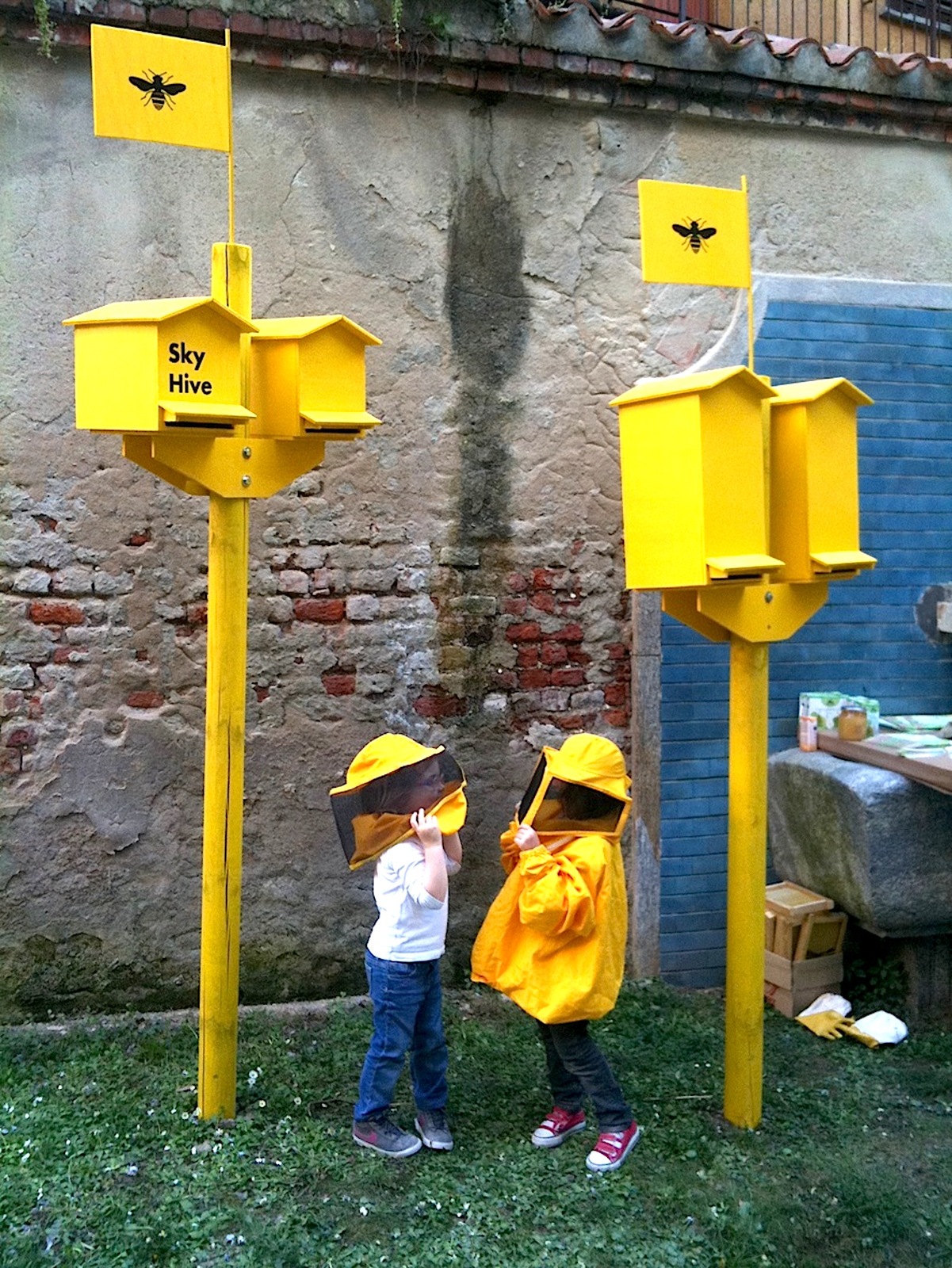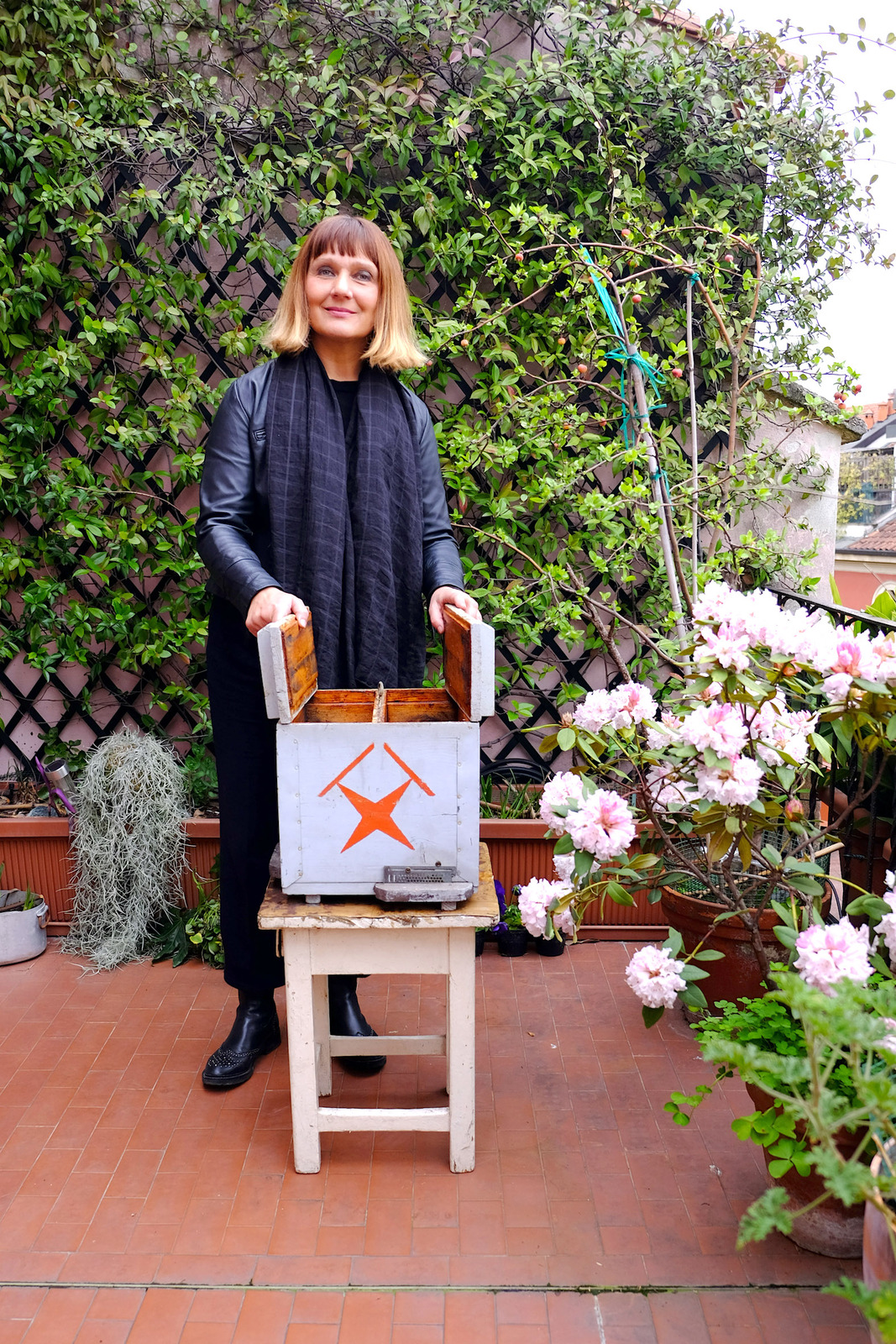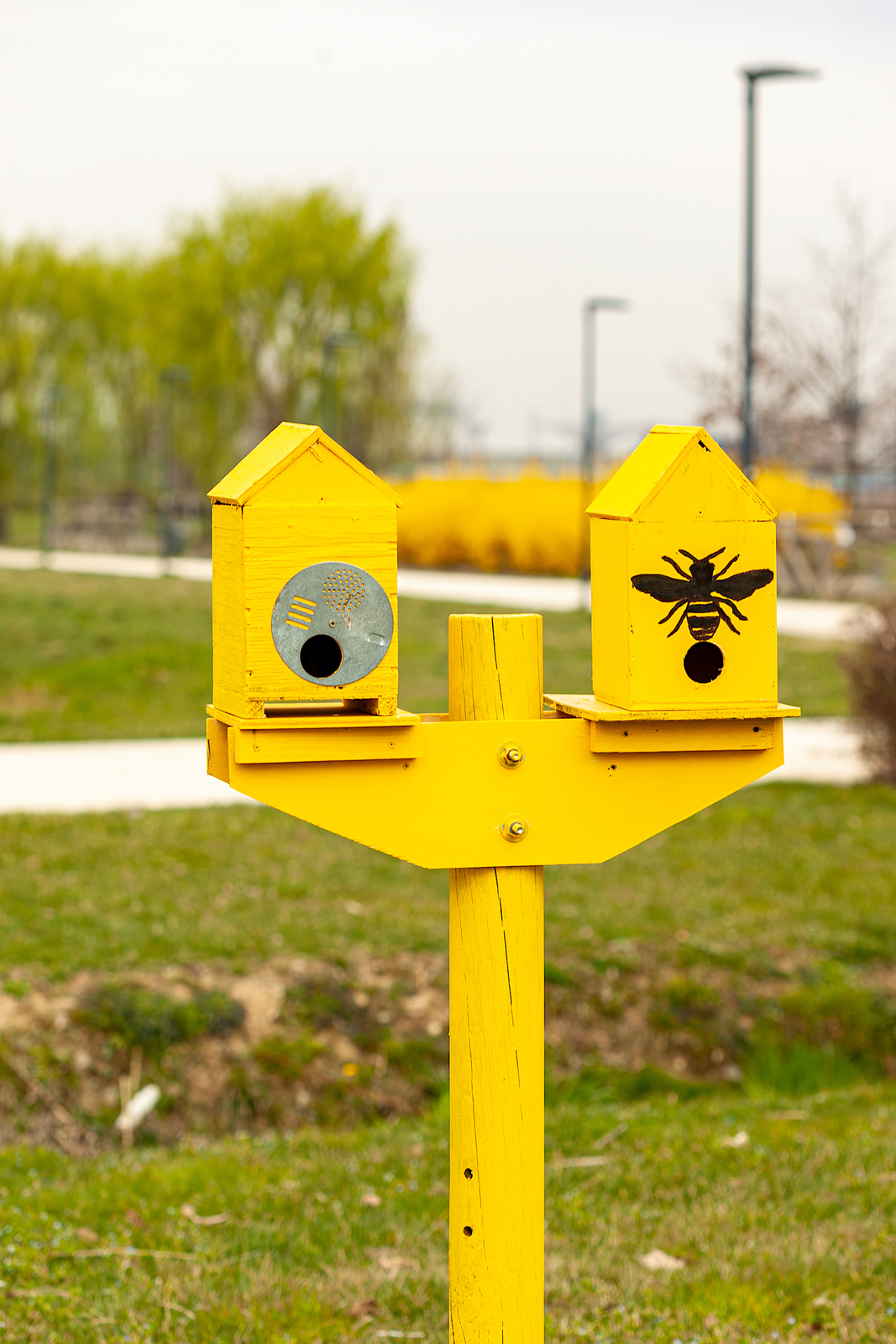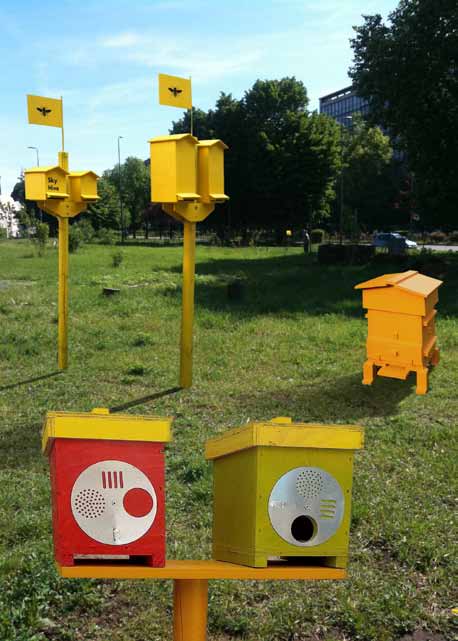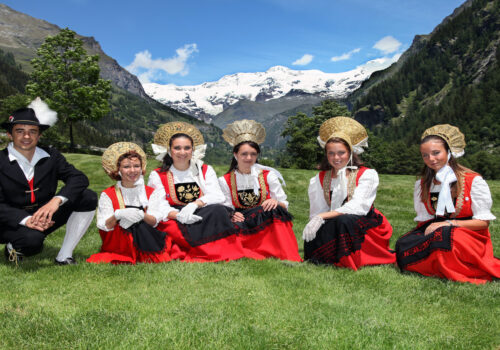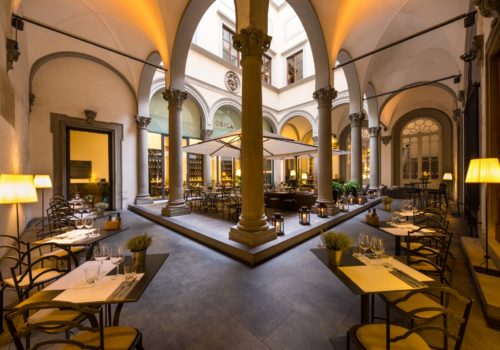Artists’ exhibitions, apiaries and beehives: from Milan to Rome, from Trento to Matera
Even though, as verified fact-checking operations have revealed in recent decades, Albert Einstein never said those famous words about the risks connected to the possible extinction of bees on Earth – a disappearance, according to the fake quote attributed to him, that would mean man had no more than four years left to live – the vital importance of these pollinating insects for our ecosystem is something we are all clearly aware of, even without the words of the famous physicist.
This is demonstrated for example by the actions financed with EU funding, aligned with the goals of sustainable development set out in the United Nation’s Agenda 2030, such as the Safeguard project, which seeks to reverse the trend in the decline of the wild pollinators, and which will end in 2025. Italy is participating in the project with the Università di Padova. But there is also a growing number of initiatives by individual cities, which aim to raise awareness on this theme and make urban environments less inhospitable to these small valuable insects.
From the bee-keepers in New York to the beehives on the roofs and parks of Paris, and, in Italy, the projects carried out by Rome, Milan and other cities, from North to South, on our national territory.
The latest initiative has just been launched by Muse, the Science Museum in Trento, which on September 1st inaugurated the exhibition “Bee-friendly cities. Looking for possible balances”: it features 24 panels with photos, explanations and multimedia content that tell the story of social and solitary bees, indicating best practices to make cities friendlier to the pollinators. The exhibition, organized in collaboration with the City of Trento under the patronage of the Autonomous Province of Trento, displays circa one hundred photographs by photographers Luca Mazzocchi and Nicola Orempuller, with explanations (including a focus on urban green spaces, the pollination process, social and solitary bees, the collection and transport of pollen, challenges for survival, good practices for a new coexistence) which invite visitors to discover the fragile world of the bees in urban contexts and eco-sustainable actions to take.
«The idea of designing this exhibition – explains Maria Vittoria Zucchelli, a Muse biologist and curator of the project – developed over time: we began with educational laboratories offered to schools, then we built a “grand hotel” for insects in the Muse gardens, organized a cycle of lectures on the theme of bees for the citizens, and finally, thanks to the BeeTrento project, were able to monitor the environmental quality of the city of Trento». In addition to the exhibition, there are two events on the schedule, on September 15th and 16th: a two-day session to explore the major groups of Italian pollinators, and the Citizen Science project “Cross-Polli: Nation”, which monitors the pollinators in the Parco Gocciadoro in Trento.
Milan, on the other hand, is the base for Alveari Urbani – Green Island, the urban beehive project founded ten years ago and conceived by Claudia Zanfi, an art historian and landscape designer: this is an urban event dedicated to the world of bees and pollinators, to biodiversity and creativity. Young artists and designers are invited to design new beehives, conceived as creative installations. Alveari Urbani, explains the founder, «establishes a dialogue with urban space, leading to art forms with the “artists’ beehives” in eco-design; it involves schools and children in discovering the rhythms and expressions of natural life in the city, and serves to monitor the quality of the environment we live in thanks to the bees». Launched in 2014 in collaboration with the BeeCollective group of designers and bee-keepers and the Dutch Consulate in Milan, the following year the first Artist’s Beehive was built in the Gardens of Via Padova, with the participation of Legambiente; in 2020, the fourth public apiary in Milan was built, in the Park of Cascina Merlata, while the most recent installation in a public garden, the fifth, features beehives for solitary bees, known as “osmie”, designed in 2022 in collaboration with Orti Condivisi of Polidesign Campus Bovisa. The promotion continues to encourage the adoption of Artists’ Beehives by local administrations, schools, and even private citizens and companies.
On September 30th at 6 pm, in the Spazio Viafarini Work in the Corvetto/Parco Vettabbia area in Milan there will be a presentation, as part of the Green Island –Alveari Urbani project, of “Sciame”, a women’s collective for the preservation of bees and biodiversity in all its forms. It includes women beekeepers, botanists, university professors, as well as designers, artists, journalists and writers, and aims to become an observatory that can activate research studies, events, exhibitions, to stimulate a more sustainable regional development, and encourage the active participation of citizens to preserve biodiversity.
The bio-monitoring of Rome through a network of beehives was the starting point for the project “Progetto Apincittà” launched in 2018 by Fai – Italian Federation of Beekeepers, with the opening of the experimental apiary “number zero” at the headquarters of the association, just a few steps from Largo Argentina: by the end of the years the stations had grown to twenty (at institutions, public entities and private citizens), creating the basis for a network that through the honey could provide significant information about the territory of Rome: from the most widespread flower species visited by bees in the city, to the presence and concentration of heavy metals, fine particulate, micro-plastics and aromatic polycyclic hydrocarbons. The most recent installation in the Capital was announced on May 20th – on the occasion of World Bee Day – with the inauguration of an apiary on the terrace of the Ministry of Agriculture, on Via XX Settembre.
In the meantime, the initiative is spreading across the country: the experience of “Apincittà2 will in fact involve 14 metropolitan cities with the placement of 64 tracking stations, which will serve to monitor the environment and the flora. The trailblazer on this front was Matera, where in February an apiary was installed in the spaces placed at their disposal by the Forest Police (whose structures will also be used in other participating cities) in collaboration with the city administration. The aims of the project also include environmental education in schools and the protection of the Italian bee species “apis mellifera ligustica”.
©ALL RIGHTS RESERVED



